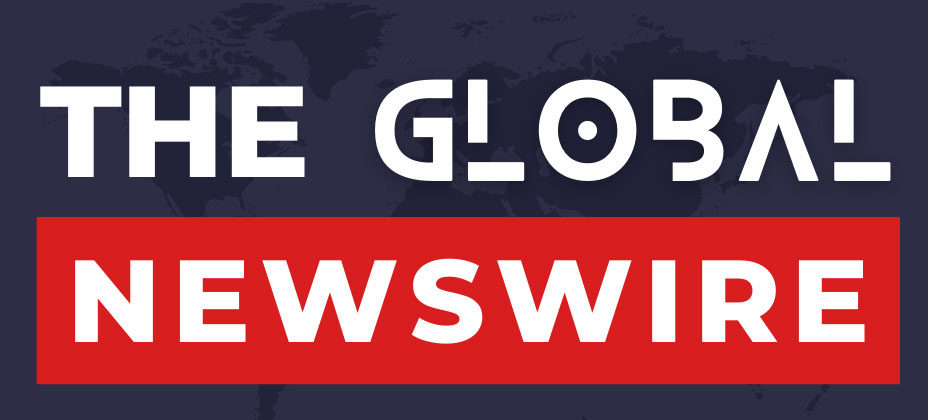According to the South Asia Terrorism Portal (SATP), Pakistan is home to 83 proscribed terrorist organisations. Of these, 45 remain active, spreading violence not only in India but across Asia and far beyond. Many are indigenous creations; others are trans-national networks that Islamabad’s ruling establishment, and its all-powerful army, openly courts or covertly protects, whether governing the country directly or de facto.
A Who’s Who of Pakistan-Backed Extremism
The roll-call of jihadist heavyweights reads like an indictment: Tehreek-e-Taliban Pakistan (TTP), the Haqqani Network (HN), the Taliban, Islamic State and its Khorasan offshoot (ISKP), al-Qaeda and sundry affiliates share safe havens with terror groups targeting India such as Lashkar-e-Taiba (LeT), Jaish-e-Muhammad (JeM) and Hizb-ul-Mujahideen (HM). These outfits treat Pakistan as a convenient backyard in which to recruit, train and raise funds. With the notable exception of the TTP—an Afghan-Taliban offshoot now waging war on its former patrons and ISKP—most operate as barely disguised instruments of Pakistani state policy.
A Secretive Network of Narco-Terror and Charity Fronts
Beneath the formal economy lurks a parallel terror economy sustained by drug-peddling or narco-terrorism, extortion rackets and counterfeit currency. Another rich vein of cash flows in from abroad through ostensibly charitable donations and clandestine subsidies. Pakistani organisations lie at the heart of this scheme: LeT’s headquarters in Muridke and JeM’s Islamic seminary in Bahawalpur stand out as infamous collection hubs, funneling illicit money into what is, in effect, a state-sanctioned war chest.
Islamabad’s own finances feed these non-state actors. Although precise accounting is elusive, a landmark 2002 study published in Columbia University Affairs Online mapped the funding of terrorism in Jammu & Kashmir: 25 per cent came directly from Pakistan, 20 per cent from overseas Islamic bodies and countries, 15 per cent from narcotics, and three further streams—illicit arms sales, counterfeit currency and a blend of extortion and bank robberies—each contributed 10 per cent. The numbers may have shifted but the structure endures.
Madrassas, Fatwas and the Cult of ‘Charity’
Figures such as Masood Azhar and Hafiz Saeed exemplify the toxic marriage of piety and profit. Azhar’s Karachi-based Al-Rasheed Trust, and Hafiz Saeed’s Jamaat-ud-Dawa, widely regarded as a Lashkar-e-Tayyiba (LeT) front, were among several Islamic charities that double as radical organisations. Operations of the Al-Rasheed Trust was frozen post 911 for terror funding, when the United States designated it for financing and supporting an international network of Islamist terrorist groups. Jamaat-ud-Dawa still operates, like JeM’s other related charity entities. Such charities place advertisements soliciting “donations for jihad” not only in India but across the world. Their efforts are reinforced by religious seminaries, or madrassas, which assist with recruitment and amplify their messaging.
Narco-Dollars under ISI Supervision
Pakistan’s embrace of narco-terrorism began under General Zia-ul-Haq (1978-88). The Inter-Services Intelligence (ISI), Pakistan’s intelligence agency, soon welded drug trafficking to militant finance, siphoning profits into covert operations. That pipeline remains intact: the ISI continues to choreograph smuggling rings, ensuring a steady stream of hard currency for favoured proxies.
Extortion has become an even richer bounty since the Taliban’s 2021 takeover of Afghanistan, with battle-hardened fighters flooding back into Pakistan to swell TTP ranks. Meanwhile the circulation of Fake Indian Currency Notes (FICNs) serves a dual purpose—raising funds for terrorists with an effort to destabilise India’s economy, an objective openly acknowledged by Pakistani intelligence veterans.
FATF Grey-Listed: The Cost of Sponsoring Jihad
Pakistan’s addiction to militant adventurism carries a hefty price. In the past sixteen years Islamabad has languished on the Financial Action Task Force (FATF) Grey List no fewer than three times for money-laundering and terror-financing failures. It severely curtailed external capital inflows into Pakistan, discouraged potential investment, and put the brakes on loans and other assistance from foreign sources and multilateral agencies. Pakistan was even warned that it could be placed on the FATF blacklist if it failed to implement corrective measures.
Several bailout loans from the International Monetary Fund (IMF) were suspended because of weak governance and the widespread corruption now endemic to the country—conditions that have allowed illicit practices, such as terror financing, to flourish under misguided economic policies. In the wake of the Pahalgam terror attack, carried out by Pakistan-based militants and masterminded in Pakistan, the prospect of returning to the FATF grey list, and the resulting denial or delay of the next IMF bailout tranche, has become an acute risk for Islamabad.
The Bottom Line
Pakistan’s rulers have engineered a perverse economic model in which narco-dollars, counterfeit cash and foreign “charity” prop up a sprawling jihad industry, even as country’s debt balloons and legitimate investment flees. Until Islamabad dismantles the infrastructure it so carefully nurtured, from donation drives to ISI-managed drug routes, to extortion and counterfeit currency channels, any talk of reform is mere theatre. The world’s patience is finite; Pakistan’s slide into pariah status will continue unless the state finally decides to choose prosperity over perpetual proxy war.
